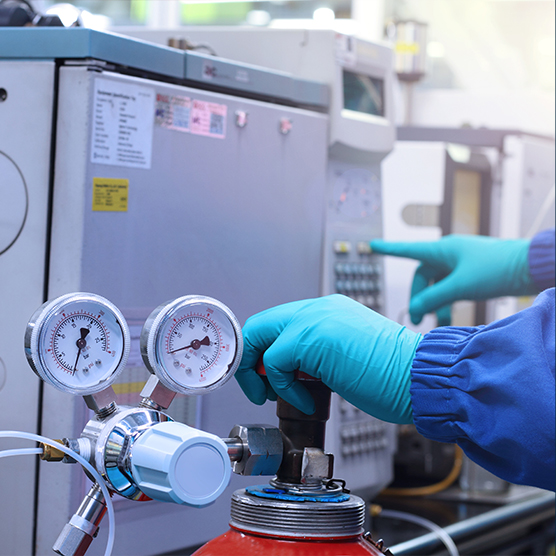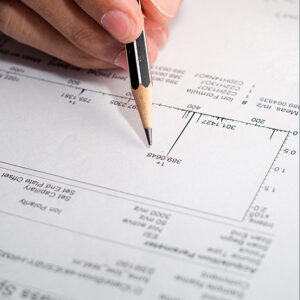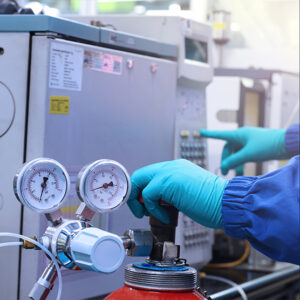Regular preventative maintenance is proven to reduce unplanned downtime and extend the lifespan of critical lab instruments.
According to a 2021 Lab Manager survey, labs that perform scheduled maintenance report 35% fewer service calls and 20% longer equipment lifespans.
2021 Lab Manager survey
1. Routine Cleaning
- Wipe exterior surfaces and keep sample injection ports, autosampler needles, and detector windows debris-free.
- Prevents contamination and carryover, the #1 cause of drift and inconsistent results.
2. Replace Consumables
- Items like septa, O-rings, pump seals, and columns wear out with use.
- Following manufacturer schedules can prevent leaks, pressure loss, and reduced sensitivity.
3. Leak Checks
- Monthly leak tests (especially for GCs and HPLCs) catch issues before they impact system performance.
- Leaks are a leading cause of baseline noise, loss of resolution, and wasted gas or solvent.
4. Calibrate and Tune Instruments
- Regular calibration and tuning ensure accuracy and precision, especially for sensitive detectors and mass specs.
- The Association of Public Health Laboratories recommends calibration at least quarterly.
5. Inspect and Update Software
- Outdated software is a common reason for downtime and trouble with data acquisition.
- Regularly apply manufacturer updates and check for PC compatibility, especially in labs running legacy instruments.
Pro Tip:
Keep a detailed maintenance log. Labs that track service events are less likely to miss routine tasks—and more likely to spot patterns before they turn into problems.




